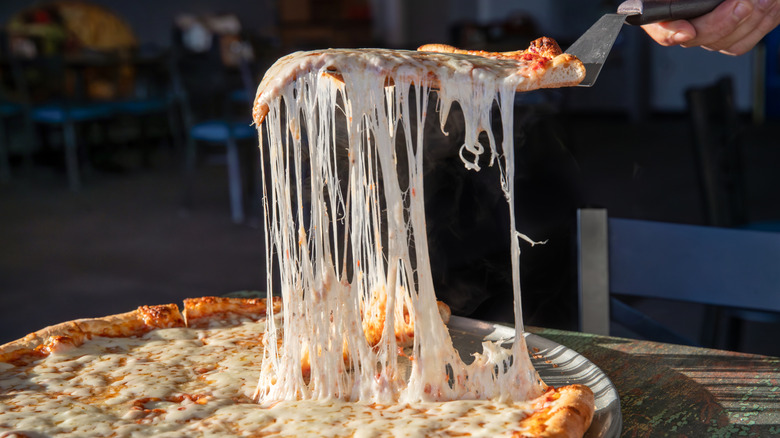The Science Behind Melting Cheese
Cheese is more than just a delicious addition to meals—it’s a fascinating subject of scientific study. While many people associate science with beakers and test tubes, it plays a significant role in the food world, influencing how ingredients behave. Nowhere is this more evident than in the world of cheese. There are countless varieties, each with its own unique texture, flavor, and behavior when heated.
For instance, gooey melted cheese has a special place in many people’s hearts. A classic grilled cheese sandwich with a crispy parmesan crust is hard to beat, but not all cheeses melt equally well. Some, like feta and haloumi, are better suited for grilling or baking. These cheeses hold their shape better, making them ideal for dishes such as breaded goat cheese that can be baked and used as a salad topping.
The reason some cheeses melt beautifully while others don’t lies in their composition. Cheese, particularly dairy-based varieties, contains a protein called casein. When milk is transformed into cheese, the casein works with water and fat molecules to form a structure that holds everything together. As heat is applied, this bond weakens, allowing the cheese to become soft and gooey rather than turning into a liquid. This process gives us the perfect melt that makes eating cheese so satisfying, and it’s also what allows for those Instagram-worthy cheese pulls.
Mozzarella is often considered the king of melting cheeses. It’s a staple on appetizer menus and commonly found in deep-fried breaded sticks, pizza toppings, or creamy spaghetti bakes. But mozzarella isn’t the only cheese that melts well. Other popular options include Colby, Gruyère, and fontina, which are excellent choices for fondue due to their rich flavors. Cheddar is another favorite, especially when used in nachos or grilled cheese sandwiches. Asiago, known for its nutty flavor, is a great addition to bagels, where it adds a delightful taste and a slightly crispy texture during baking.
Another cheese that deserves more attention is cream cheese. Though it may not always get the spotlight, it has the right balance of casein, fat, and water to create a smooth, melty texture. Its mild flavor makes it an ideal choice for creamy dips, such as spinach artichoke, where it pairs well with other cheeses like mozzarella. Cream cheese can also be used in a variety of recipes to add a rich, velvety consistency.
From the gooey stretch of mozzarella to the bold flavors of cheddar and the subtle richness of cream cheese, there’s a melting cheese for every occasion. Whether you’re making a classic grilled cheese, a hearty pasta dish, or a savory dip, understanding the science behind cheese can help you choose the best options for your recipe. So next time you reach for a block of cheese, consider not just the flavor, but also the science that makes it melt so perfectly.







